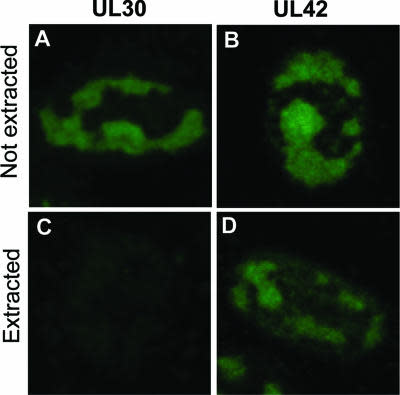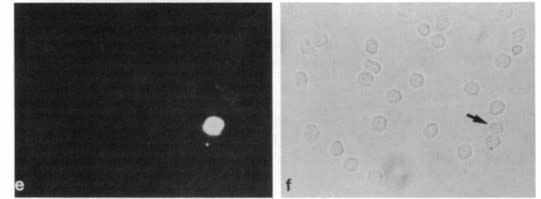
Cat. #152436
p110Delta Flox Mouse
Cat. #: 152436
Sub-type: Mouse
Availability: 6-8 weeks
Disease: Germinal Center Reaction
Model: Conditional KO
This fee is applicable only for non-profit organisations. If you are a for-profit organisation or a researcher working on commercially-sponsored academic research, you will need to contact our licensing team for a commercial use license.
Contributor
Inventor: Martin Turner
Institute: Babraham Institute
Tool Details
*FOR RESEARCH USE ONLY
- Tool name: p110Delta Flox Mouse
- Alternate name: PI3KdeltaPhosphatidylinositol-4,5-Bisphosphate 3-Kinase 11 KDa Catalytic Subunit Deltaphosphoinositide-3-kinase C
- Tool sub type: Mouse
- Disease: Germinal Center Reaction
- Model: Conditional KO
- Conditional: Yes
- Conditional description: Exons 1-9 of p110δ (encoding for the first 490aa of the protein) flanked by LoxP sites for Cre-mediated excision
- Description: p110δ is a member of the PI3K family that phosphorylates phosphoinositides on the 3-hydroxyl group of the inositol ring. The PI3K pathway has been implicated in lymphocyte development and activation. p110δ plays a role in oncogenic transformation, and is consistently expressed at a high level in blast cells from AML. Additionally, p110δ signaling pathway is involved in immune responses relevant to the pathogenesis of rheumatoid arthritis and other inflammatory diseases. As p110δ is expressed by most cells in the immune system, the Cre/LoxP technology is a good tool to identify the cell types that depended on p110δ in the GC reaction.
- Genetic background: Backcrossed at least five times to a C57BL/6 background
- Zygosity: Homozygous
- Strain: C57BL/6
- Production details: The pik3cd targeting vector was generated introducing a single LoxP site into the XhoI site upstream of the first coding exon and a neomycin cassette flanked by FRT sites and a single LoxP site (FRTneoFRT) into the EcoRV site between exons 9 and 10. Targeted E14 ES clones were identified by Southern blot analysis of EcoRV digests, which yielded a 5.6-kb fragment for non targeted clones and a 4.2-kb fragment for targeted clones. FLPe was transiently expressed to mediate recombination excision of the neomycin cassette, which was verified by Southern blot analysis. One of the correct clones was selected and injected into blastocysts to produce chimeric mice
Target Details
- Target: p110δ
References
- Rolf et al. 2010. J Immunol. 185(7):4042-52. PMID: 20826752.





